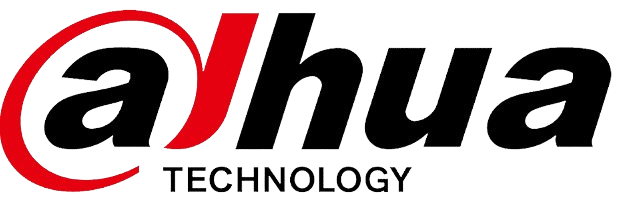Our Security Services
CCTV Repair
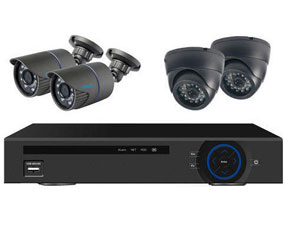
CCTV Amc
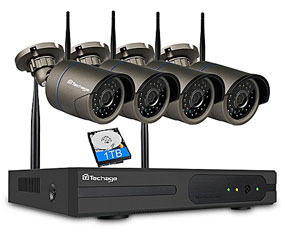
CCTV Installtion
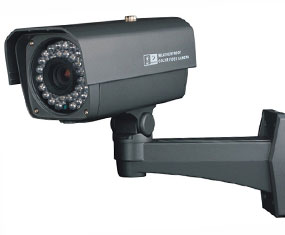
WI-FI IP Camera

Biometric
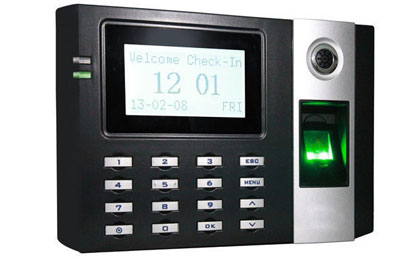
Video Door Phone
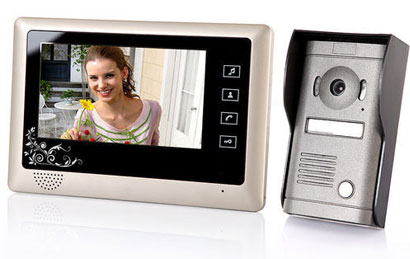
Fire Alarm
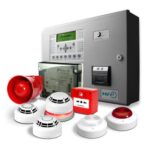
Door Access Control
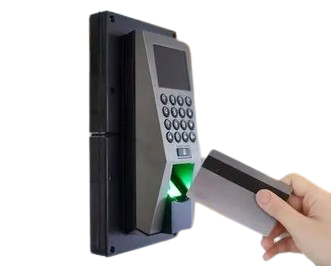
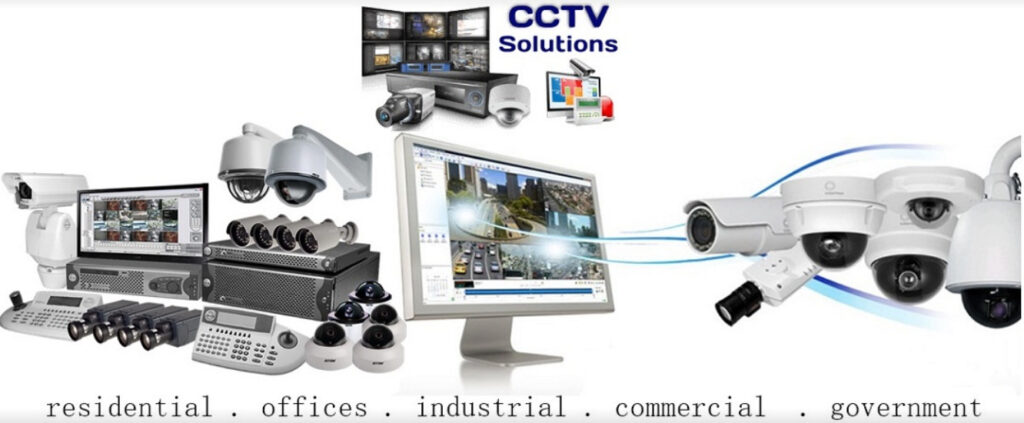
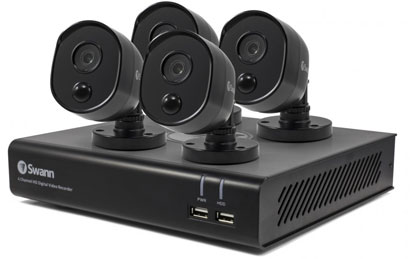
Digital Video Recorder(DVR) Surveillance System
A Digital Video Recorder (DVR) Surveillance System is a security and surveillance technology that allows users to record, store, and manage video footage from security cameras. Here are some key aspects:
1. Camera Integration:
DVR systems work in conjunction with surveillance cameras. These cameras capture video footage of the monitored area.
2. Analog or IP Cameras:
DVRs are compatible with both analog and IP cameras. Analog cameras transmit signals to the DVR through coaxial cables, while IP cameras send digital signals over a network.
3. Recording:
The primary function of a DVR is to record video footage. It can record in real-time or based on motion detection triggers. Recorded footage is stored on the DVR’s internal hard drive.
4. Storage Capacity:
DVRs come with varying storage capacities. The size of the hard drive determines how much footage can be stored before it starts overwriting older recordings.
5. Remote Viewing:
Modern DVRs often feature remote viewing capabilities. Users can access the live or recorded footage remotely through the internet using a computer, smartphone, or tablet.
6. Playback and Search:
Users can easily review recorded footage by accessing the DVR’s playback feature. Search functions allow users to quickly find specific events or times within the recorded footage.
7. Motion Detection:
DVRs can be configured to record only when motion is detected. This not only saves storage space but also makes it easier to locate relevant events.
8. Security and Access Control:
Access to the DVR system is typically restricted to authorized users. This ensures that only authorized personnel can view or manage the surveillance system.
9. Scalability:
DVR systems are often scalable, allowing users to expand the number of cameras connected to the system as needed.
10. Integration with Other Systems:
Some DVR systems can integrate with other security systems, such as alarms or access control systems, creating a comprehensive security solution.
DVRs have been widely used in various settings, including homes, businesses, and public spaces, to enhance security and provide a means of monitoring and recording activities.
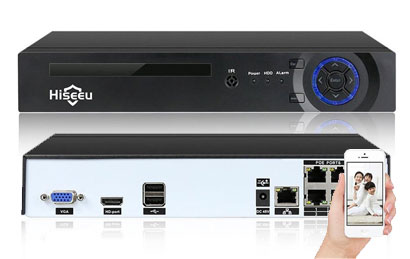
Network Video Recorder(NVR) Surveillance System
A Network Video Recorder (NVR) Surveillance System is another type of video recording and management solution, often used for security and surveillance purposes. Here are some key features and aspects:
1. IP Cameras:
Unlike DVRs, which are compatible with both analog and IP cameras, NVRs specifically work with IP cameras. IP cameras capture and transmit digital video data over a network.
2. Network-Based Recording:
NVRs record and store video footage in a digital format directly onto their built-in hard drives. The video data is transmitted over a local network or the internet.
3. Remote Access:
NVRs often have robust remote access capabilities. Users can view live or recorded footage remotely through web browsers or dedicated software on computers, smartphones, or tablets.
4. Centralized Management:
NVRs centralize the management of video data. This means that multiple NVRs and cameras can be managed from a single interface, making it easier to monitor and control a large surveillance system.
5. Higher Resolutions:
NVR systems generally support higher resolutions than traditional analog DVR systems. This allows for clearer and more detailed video footage.
6. Scalability:
NVR systems are highly scalable, making it easy to add additional IP cameras to the network as needed. This scalability is beneficial for expanding surveillance coverage.
7. Power Over Ethernet (PoE):
Many NVR systems support Power over Ethernet, allowing the same network cable to provide both data connectivity and power to IP cameras. This simplifies installation and reduces the need for additional power sources.
8. Intelligent Video Analytics:
Some NVR systems incorporate intelligent video analytics, such as motion detection, object recognition, and facial recognition. These features enhance the system’s ability to detect and alert users to specific events.
9. Hybrid NVRs:
Hybrid NVRs are available, which can support both IP cameras and analog cameras. This can be useful for transitioning from analog to IP surveillance gradually.
10. Integration with Other Systems:
Similar to DVR systems, NVRs can integrate with other security systems and devices, providing a comprehensive security solution.
NVRs have become increasingly popular due to the rise of IP cameras and the advantages they offer in terms of higher resolutions, flexible scalability, and advanced features. They are widely used in various environments, including businesses, government facilities, and smart home setups.

Time & Attendance
Time and Attendance (T&A) systems, also known as Time and Attendance Management Systems (TNA), are tools used by organizations to track and manage the working hours of employees. These systems automate the process of recording when employees start and end their work, as well as any breaks they take. Here are some key features and aspects:
1. Clocking In/Out:
T&A systems often provide methods for employees to “clock in” and “clock out.” This can be done through various means, including physical time clocks, biometric scanners, swipe cards, or even mobile apps.
2. Work Hours Calculation:
The system automatically calculates the total number of hours worked by each employee based on their clock-in and clock-out times. It may also account for overtime and other relevant factors.
3. Integration with Payroll:
T&A systems are often integrated with payroll systems. This integration ensures accurate and efficient processing of employee salaries, as the recorded work hours are directly used for payroll calculations.
4. Attendance Tracking:
Besides tracking work hours, T&A systems also monitor attendance. They can generate reports on attendance patterns, late arrivals, early departures, and absences.
5. Shift Scheduling:
Some T&A systems include features for creating and managing employee work schedules. This can help in optimizing staffing levels and ensuring proper coverage during different shifts.
6. Biometric Authentication:
To enhance security and prevent time fraud, T&A systems may use biometric methods such as fingerprint scanning, facial recognition, or iris scanning for employee identification.
7. Remote and Mobile Access:
Modern T&A systems often provide remote and mobile access. Employees may be able to clock in/out or request time off through mobile apps, especially useful for remote or field workers.
8. Absence Management:
T&A systems can handle various types of leaves and absences, including vacation time, sick leave, and other types of paid or unpaid time off.
9. Compliance and Reporting:
T&A systems help organizations comply with labor regulations by generating reports that can be used for audits and compliance checks.
10. Employee Self-Service:
Some systems allow employees to access and manage their own time and attendance records. This can include viewing their work schedules, requesting time off, and checking accrued leave balances.
Implementing a T&A system can streamline workforce management processes, reduce errors in payroll processing, and provide valuable insights into employee attendance patterns. It’s particularly useful for organizations with a large number of employees or those with complex scheduling needs.

Video Door Phone
Video door entry, also known as video intercom, is a technology that allows two-way communication and visual verification between a person at a building’s entrance and an occupant inside. It enhances security and convenience by providing a means for residents or businesses to see and communicate with visitors before granting them access. Here are key features and aspects of video door entry systems:
1. Camera and Intercom Unit:
A video door entry system typically consists of a camera mounted at the entrance (usually near the doorbell) and an intercom unit inside the building.
2. Video Display:
The indoor intercom unit is equipped with a video display that shows live footage from the outdoor camera. This allows the occupant to see who is at the door.
3. Two-Way Communication:
Users can communicate with visitors in real-time through a built-in speaker and microphone on both the outdoor camera and the indoor intercom unit.
4. Door Release Mechanism:
Many video door entry systems include a door release mechanism that allows the occupant to remotely unlock the door for the visitor. This is often done through an electric door strike or magnetic lock.
5. Access Control Integration:
Video door entry systems can be integrated with access control systems, allowing for more advanced security measures. For example, residents may use key cards or PIN codes in addition to visual verification.
6. Night Vision:
Outdoor cameras often have infrared or low-light capabilities, providing clear visibility even in low-light conditions or at night.
7. Mobile Connectivity:
Some modern video door entry systems offer mobile connectivity, allowing residents to see and communicate with visitors through a smartphone or tablet, even when they are away from home.
8. Visitor Logging:
Systems may have the capability to log information about visitors, including images or videos, providing a record of who has come to the door.
9. Multiple Entry Points:
Video intercom systems can be set up to monitor and communicate with visitors at multiple entry points within a property, such as front and back doors or gates.
10. Integration with Home Automation:
Video door entry systems can be integrated with smart home automation platforms, enabling users to control and monitor access along with other connected devices.
Video door entry systems are commonly used in residential buildings, apartment complexes, office buildings, and other secured facilities. They offer a balance between security and convenience, allowing occupants to verify the identity of visitors without direct physical contact.

High Definition (HD) Camera
These cameras are ultra-high definition cameras. It can zoom with utmost clearity. It mainly used in banks, casinos.
Network / IP (Internet Protocol) Camera
These cameras compress the bandwidth and transmit images over the internet. They are present in both the forms: wireless as well as hardwired. Installation is easier in IP cameras as they don’t require a different cable run or power support to send pictures over longer distance.
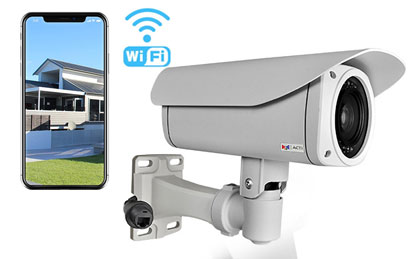
Why Chose Us
Our Top Partner


